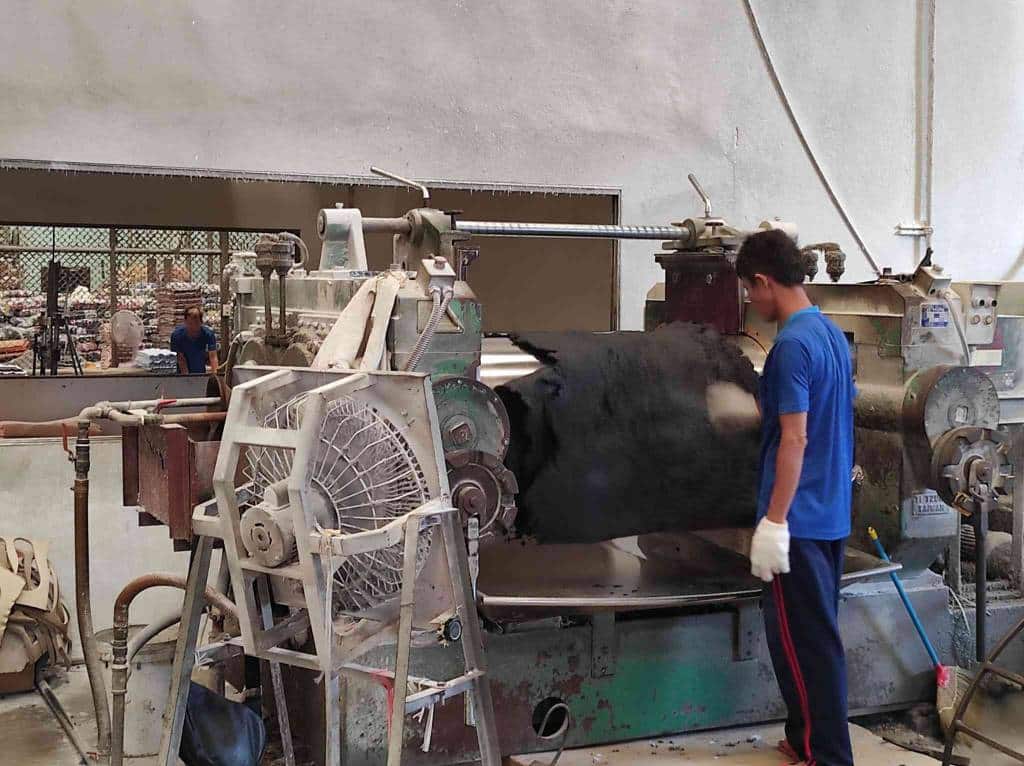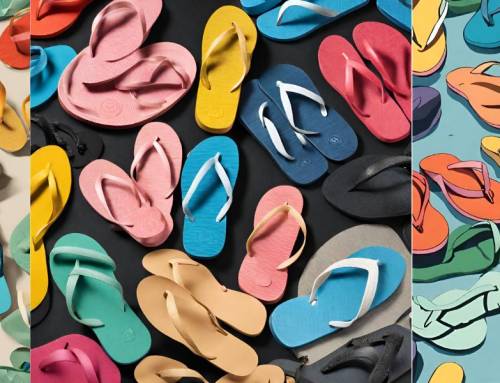Rubber slippers, commonly known as flip-flops or thongs, have come a long way since their humble beginnings. These lightweight and versatile footwear options have become a staple in many wardrobes, offering comfort, durability, and style. From their simple origins to the incorporation of advanced materials and innovative designs, rubber slippers have evolved to meet the changing demands and preferences of consumers. In this article, we will explore the fascinating journey of rubber slippers, delving into their main ingredients, manufacturing processes, and the key factors that contribute to their popularity. Join us as we dive into the world of rubber slippers, uncovering the secrets behind their comfort, durability, and evolving fashion trends.
- Rubber: Rubber is the primary ingredient in rubber slippers, providing the necessary flexibility, durability, and grip. There are two main types of rubber used in footwear manufacturing:
- Natural Rubber: Derived from the latex sap of rubber trees, natural rubber (also known as latex) offers excellent elasticity and tear resistance. It provides a comfortable and soft feel to the slippers. Natural rubber is commonly used for higher-quality slippers due to its superior performance characteristics.
- Synthetic Rubber: Synthetic rubber is made from petroleum-based materials, such as styrene and butadiene. It is widely used in rubber slippers due to its lower cost and versatility. Different types of synthetic rubber, such as styrene-butadiene rubber (SBR), ethylene-vinyl acetate (EVA), or thermoplastic rubber (TPR), may be employed depending on the desired properties of the slippers, such as durability, cushioning, or slip resistance.
- Fillers: Fillers are added to the rubber compound to enhance certain properties and reduce costs. Common fillers used in rubber slippers include:
- Carbon Black: Carbon black is a fine powder made from the incomplete combustion of hydrocarbons. It is added to the rubber to improve its strength, abrasion resistance, and durability. Carbon black also provides a black color to the slippers.
- Calcium Carbonate: Calcium carbonate is a white powder that is used as a cost-effective filler in rubber slippers. It adds stiffness to the rubber compound while reducing material costs. It is commonly used in lower-priced slippers.
- Plasticizers: Plasticizers are additives that are incorporated into the rubber compound to improve flexibility and ease of molding. They soften the rubber and enhance its elasticity. Examples of plasticizers used in rubber slippers include:
- Oils: Various oils, such as paraffin oil or mineral oil, are commonly used as plasticizers. These oils help soften the rubber and improve its flexibility. Different types and grades of oils can be employed based on the desired characteristics of the slippers.
- Resins: Resins like rosin or terpene resins are also used as plasticizers. They improve the flow properties of the rubber compound during processing and contribute to the flexibility and moldability of the slippers.
- Vulcanizing Agents: Vulcanizing agents are chemicals that initiate and facilitate the vulcanization process, which is crucial for improving the strength, elasticity, and aging resistance of the rubber. The most commonly used vulcanizing agent is sulfur. Other examples of vulcanizing agents include:
- Accelerators: Accelerators are chemicals that speed up the vulcanization process and enhance the cross-linking of rubber molecules. Common accelerators include zinc oxide, stearic acid, and various organic compounds like mercaptobenzothiazole (MBT) or diphenylguanidine (DPG).
- Activators: Activators, such as zinc oxide or magnesium oxide, are added to the rubber compound to help activate the vulcanizing agents and promote the cross-linking process.
- Stabilizers and Antioxidants: Stabilizers and antioxidants are added to the rubber compound to prevent degradation and maintain the properties of the slippers over time. They protect the rubber from heat, light, oxidation, and other environmental factors. Examples of stabilizers and antioxidants used in rubber slippers include:
- Phenolic Antioxidants: Phenolic compounds, like butylated hydroxytoluene (BHT) or hindered phenols, are commonly used as antioxidants. They inhibit the oxidation process and help maintain the rubber’s integrity and elasticity.
- Phosphites and Thioesters: These compounds act as stabilizers, preventing degradation caused by heat or UV radiation.
- Colorants and Additives: Depending on the desired color and appearance of the slippers, colorants are added to the rubber compound. They can include:
- Pigments: Pigments are finely ground colorants that provide a wide range of colors to the slippers. They are available in various forms, such as organic pigments, inorganic pigments, or metallic pigments.
- Foaming Agents: Foaming agents can be incorporated into the rubber compound to create a foam-like structure, providing cushioning and lightweight properties to the slippers.
- Flame Retardants: In some cases, flame retardants may be added to improve the slippers’ fire resistance.
- Antimicrobial Agents: These additives can be included to prevent the growth of bacteria or fungi, providing odor control and hygiene benefits.
It’s important to note that the selection and combination of these ingredients can vary among manufacturers, depending on factors such as product specifications, target market, and cost considerations.








